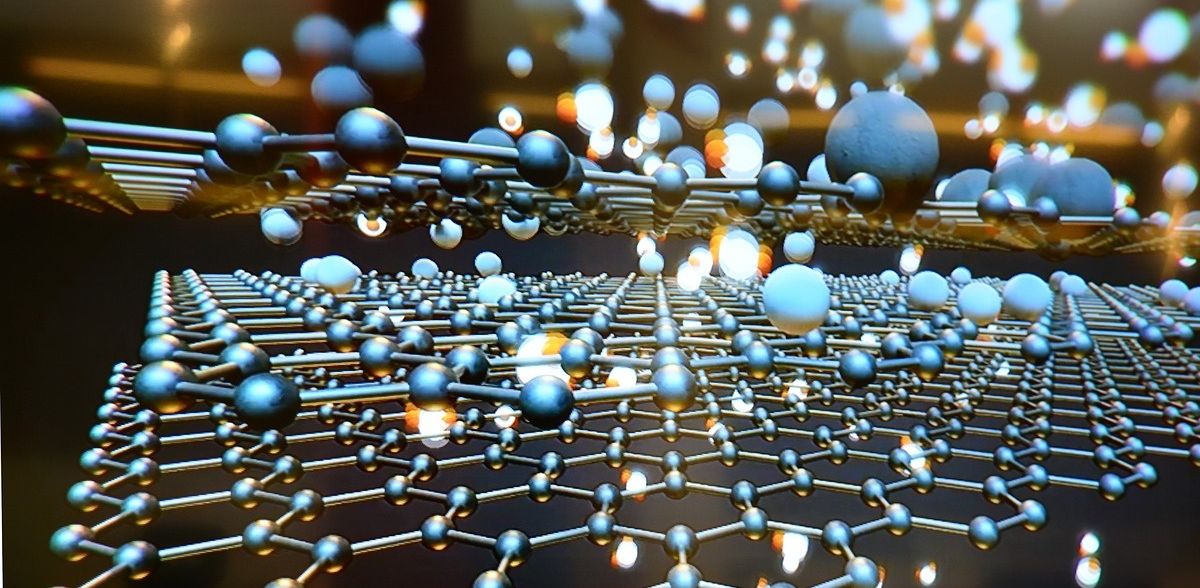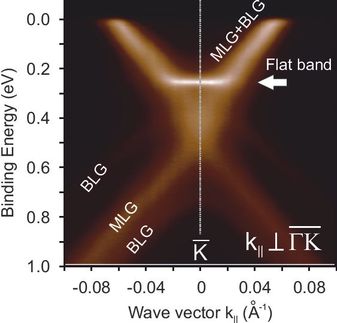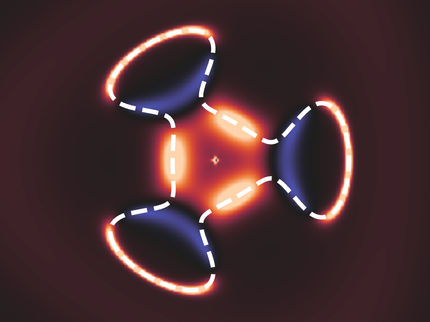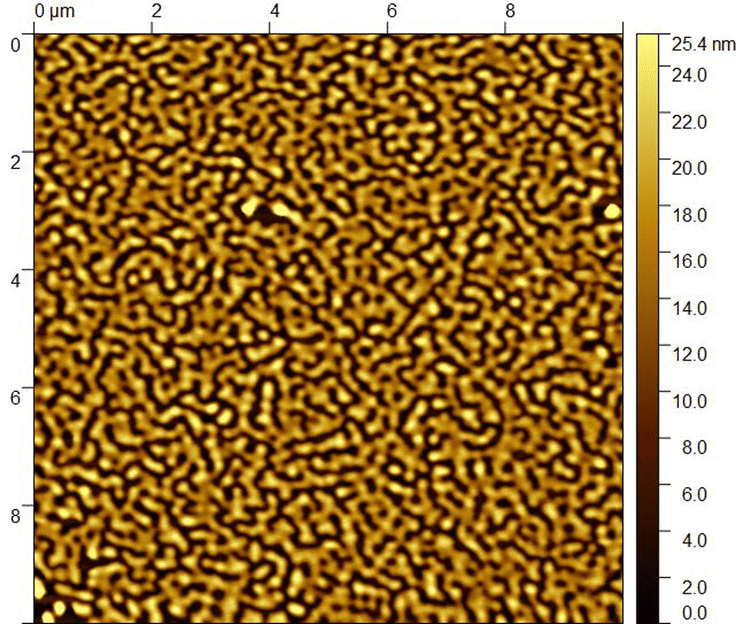New theory explains superconductivity in spun graphene trilayers
The study, carried out by CSIC scientists, lays the foundations for understanding the mechanisms of certain unconventional superconducting materials
A study led by researchers from the Consejo Superior de Investigaciones Científicas (CSIC) has managed to explain the essential aspects of superconductivity (the ability of certain materials to conduct electric current without energy loss) in spun graphene trilayers, which are achieved by rotating three layers of graphene at a very precise angle. The results, published in the journal Nature Communications, lay the groundwork for understanding how certain unconventional superconductors, which are still beyond the understanding of the scientific community, work.
Five years ago, researchers at the Massachusetts Institute of Technology (MIT) led by Valencian physicist Pablo Jarillo-Herrero discovered that it was possible to change the electronic properties of graphene by altering the angle of rotation between two of its layers in a very precise, almost magical way. Graphene, a material composed of a grouping of carbon atoms that are positioned hexagonally, thus became a superconductor, capable of transporting electricity without dissipating energy, very peculiar.
"Superconductivity, a usual phenomenon in metals such as mercury, lithium or titanium when subjected to low temperatures, can be understood by the pairing of electrons (in pairs called Cooper pairs) due to the interaction of electrons with the vibrations or phonons of the atomic lattice. However, in spun graphene layers, there is evidence that superconductivity cannot be supported by such a conventional mechanism, which has so far hampered theoretical efforts to find an explanation," explains José González Carmona, CSIC researcher at the Institute for the Structure of Matter (IEM-CSIC).
Now, González Carmona and Tobias Stauber, from the Institute of Materials Science of Madrid (ICMM-CSIC), propose a theoretical construction that includes an unconventional mechanism of superconductivity, based on the electron-electron interaction itself, which is dominant in carbon materials such as graphene. This type of electron-electron pairing confers great stability, as it prevents Cooper pairs from being destroyed by certain magnetic fields, something that can occur with conventional superconductivity. "The idea we propose is groundbreaking for these carbon materials, and leads to superconductivity with a special character, called Ising type in similar two-dimensional systems," González Carmona emphasizes.
The scientists, who have used the resources of the Centro de Supercomputación de Galicia (CESGA) and the Drago supercomputing cluster, installed at the CSIC central campus in Madrid, have used computational tools to design this method with high reliability and capable of describing the total number of atoms (around 8,000 in the unit cell of the spun trilayers). "The model with which we have treated the spun graphene layers, which allowed us to capture the details at the atomic level, has been instrumental in finding the key to the new superconductivity mechanism that we propose," Stauber points out.
Toward room-temperature superconductors
As soon as Jarillo-Herrero's finding became known, the scientific community observed similarities between the superconductivity in the spun graphene layers and the behavior of another type of material: high-temperature superconducting copper oxides. "These materials have been defying a convincing theoretical explanation for more than 30 years. In both this case and graphene, we are talking about materials that involve new physics, so it is important to find the way to a new paradigm to encompass a set of systems where it is the electron-electron interaction that dictates the properties, rather than the electron-phonon interaction," says Stauber.
Currently, superconducting materials are still far from easily accessible temperatures, a condition that makes it difficult for them to fully reach the market. That is why condensed matter physicists are still looking to achieve superconductivity at room temperature.
"Our theoretical construction - González Carmona points out - may eventually pave the way towards understanding a new mechanism of superconductivity, which escapes conventional description. This new physics is demanded by copper oxides, which were once seen as a possibility to achieve superconductivity at room temperature. This remains a very attractive goal within condensed matter physics, which may require new paradigms such as the one we propose with our research."
Note: This article has been translated using a computer system without human intervention. LUMITOS offers these automatic translations to present a wider range of current news. Since this article has been translated with automatic translation, it is possible that it contains errors in vocabulary, syntax or grammar. The original article in Spanish can be found here.































































